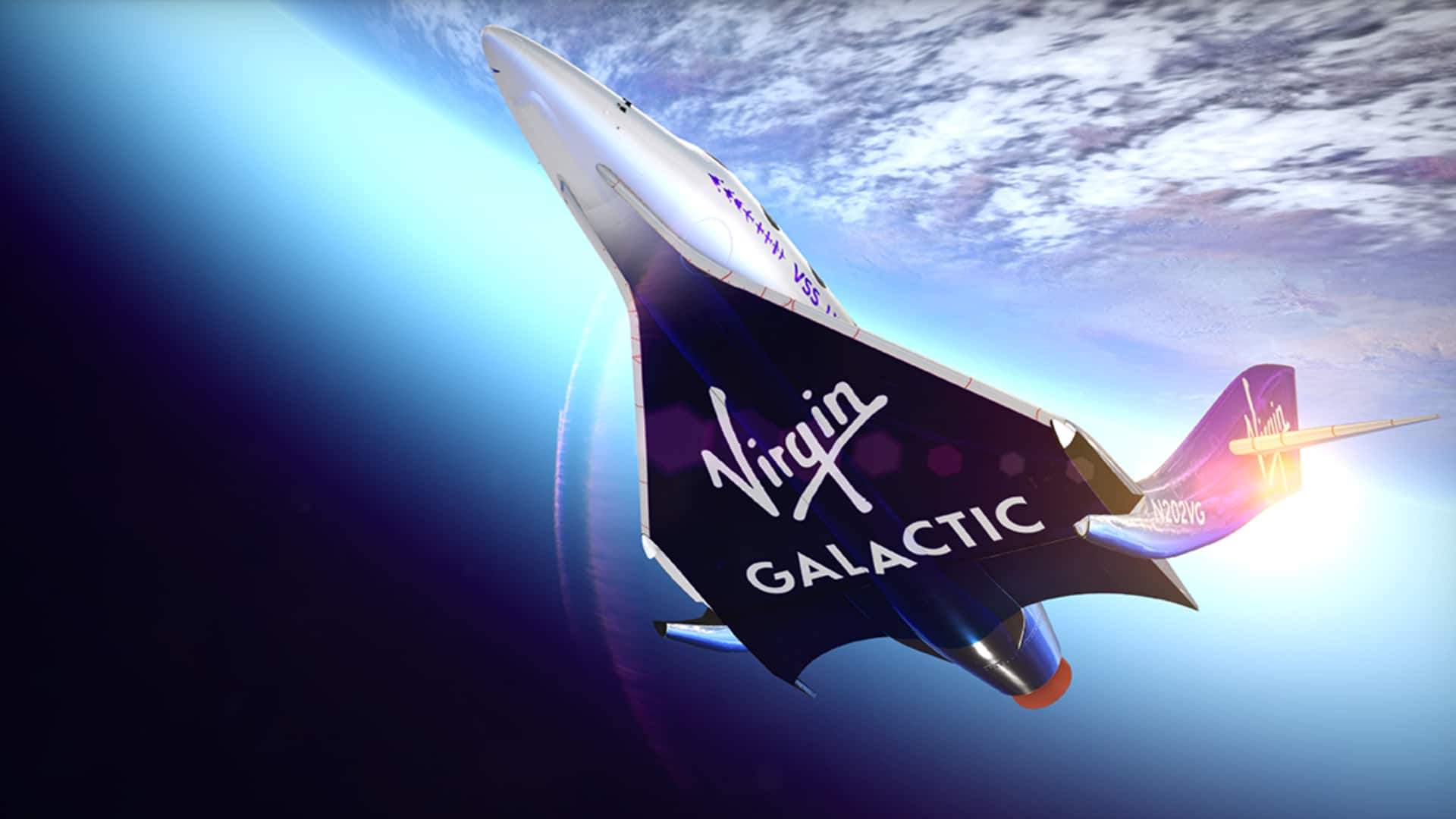
This university will send students, faculty to space in 2027
What's the story
Virgin Galactic has announced plans to launch a human spaceflight mission called "Purdue 1" in 2027. The mission will be a collaboration with Purdue University, which is known for producing numerous astronauts. The flight will take five passengers and two pilots into suborbital space and back. This comes after the success of Virgin Galactic's first fully crewed flight in July 2021 and seven commercial flights since then.
Astronaut roster
Crew members and their roles
The Purdue 1 mission will see a team of researchers, students, and alumni from Purdue University travel to suborbital space with Virgin Galactic. The crew will include aerospace engineering professor Steven Collicott, graduate student Abigail Mizzi, alumnus Jason Williamson, and two other yet-to-be-named alumni. Notably, 28 alumni from Purdue University have either flown to space or been selected for space missions, including Apollo astronauts Neil Armstrong, Gene Cernan, Roger Chaffee, and Gus Grissom.
Research objectives
Scientific experiments in microgravity
The Purdue 1 mission will also conduct scientific experiments in microgravity. Collicott and Mizzi will carry out these experiments, which include studying how liquids spread over surfaces and oscillate in zero gravity. The research is intended to provide important data for future spaceflight hardware design and possibly automate payloads for cost-effective missions.
Flight specifics
Funding and seat arrangements
Virgin Galactic's spaceplane can carry six passengers, but one seat will be removed for the Purdue 1 flight to accommodate research payloads. NASA will cover Collicott's seat through a research proposal competition win. Donations to Purdue University will cover Mizzi's trip while three alumni on board will pay for their own seats. Virgin Galactic's spaceplane is carried by a mothership and released at around 50,000 feet. It fires its engine to reach suborbital space, then glides back to land.